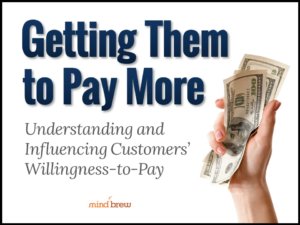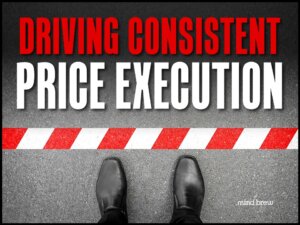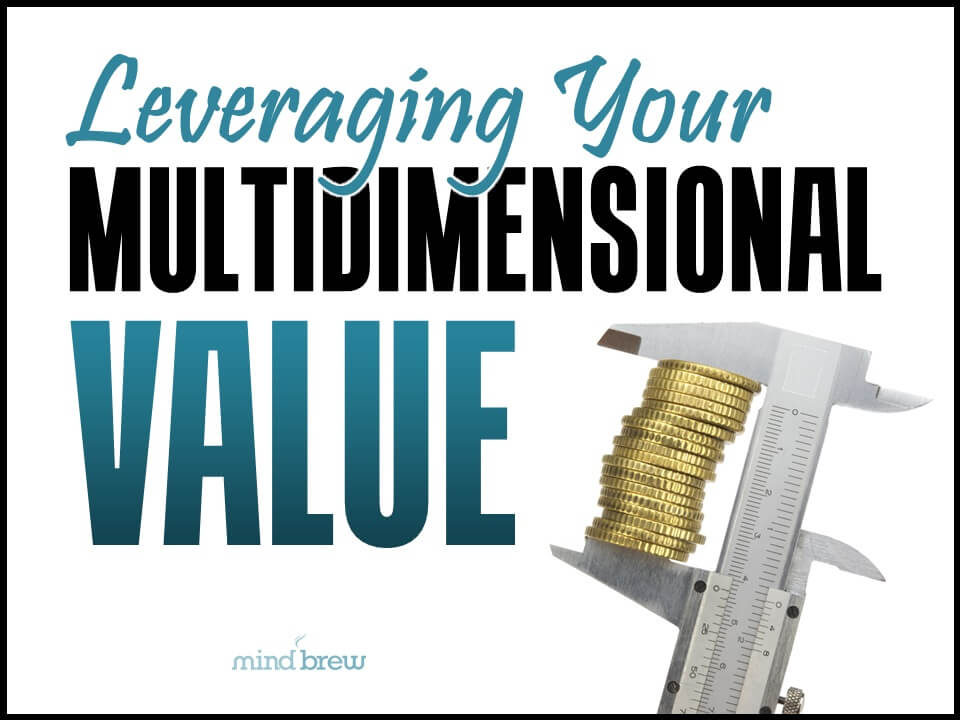Have you ever looked at a set of siblings and wondered how people with very similar genes and nearly identical upbringings turned out so radically different from one other? Maybe you even wonder this about your own brothers or sisters.
Or have you ever looked at two people who experienced the same traumatic event—a battlefield explosion or the death of a parent or the loss of a job—but responded very differently? Maybe it sent one person on a downward spiral while it spurred the other on to greatness.
Psychologists have a term for this phenomenon. They call it “multifinality.”
And as often happens, systems designers borrowed this term to discuss lots of different kinds of situations where a single cause can have multiple effects—sometimes all that same time.
For example, if you ride your bike to work, you’ll experience multiple effects—getting to work, getting some exercise, getting some fresh air, and if you are unlucky, possibly also getting some sore muscles or blisters. If you start going to sleep earlier, you’ll experience multifinality in the form of increased alertness, improved relationships, and better overall health. If you decide to go back to college for an advanced degree, multifinality might include better job performance, a promotion, and a salary increase.
As you’ve probably guessed by now, we’re really interested in the ways that B2B pricing teams can achieve a positive form of multifinality. We’ve seen that many of the leading teams pursue initiatives that “kill two birds with one stone.”
We’re especially interested in one particular type of project that consistently achieves multiple objectives. Imagine if you could do one thing that could help you
- Simplify your pricing model
- Know how customers will respond to price changes
- Understand what customers are willing to pay
- Improve how salespeople respond to price recommendations
- Maximize the margin you’re able to capture
What is this one thing that accomplishes so many pricing goals?
Measuring your price elasticity.
Whether you’re familiar with price elasticity or it’s a new concept to you, we strongly encourage you to watch the webinar on Business-to-Business Price Elasticity. It explains how price elasticity can measure how customers in a certain segment will respond to pricing changes. It’s one of the most powerful tools in a B2B pricing practitioner’s arsenal, as it allows you to create highly accurate models that can predict the results of pricing changes. And that can help you find the sweet spot where you maximize the potential profits from each customer segment.
For more information about how measuring price elasticity can help your organization, check out All About Price Optimization and Getting Them to Pay More. Both include valuable insights about the process of calculating price elasticity and using those numbers to improve your bottom line.
Your pricing team has a finite amount of time and resources. But multifinality means that sometimes you can accomplish multiple goals by doing just one thing. Measuring price elasticity is a great way to start harnessing the benefits of multifinality and doing more with less.
















